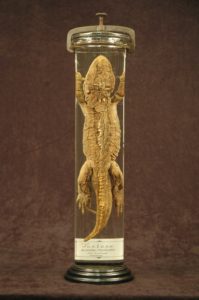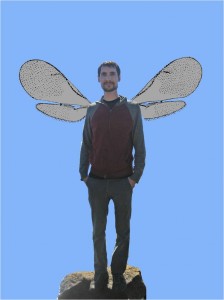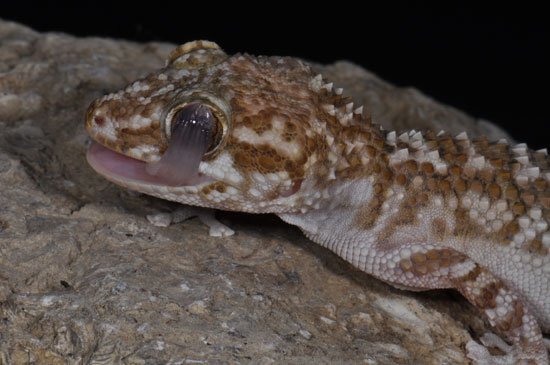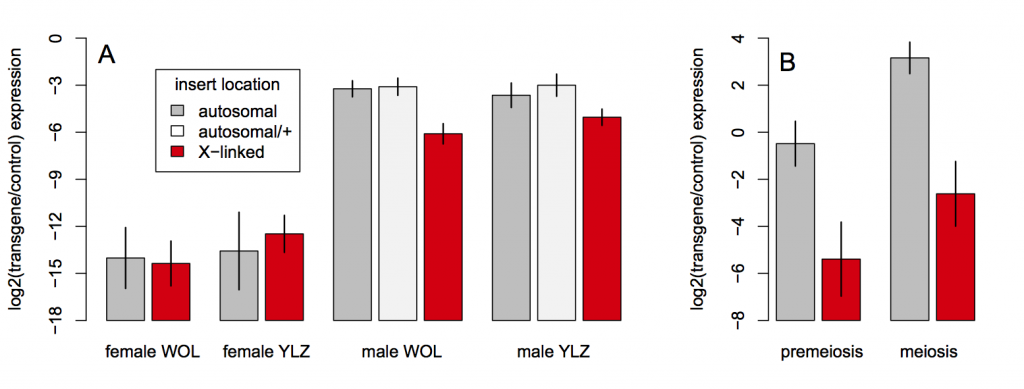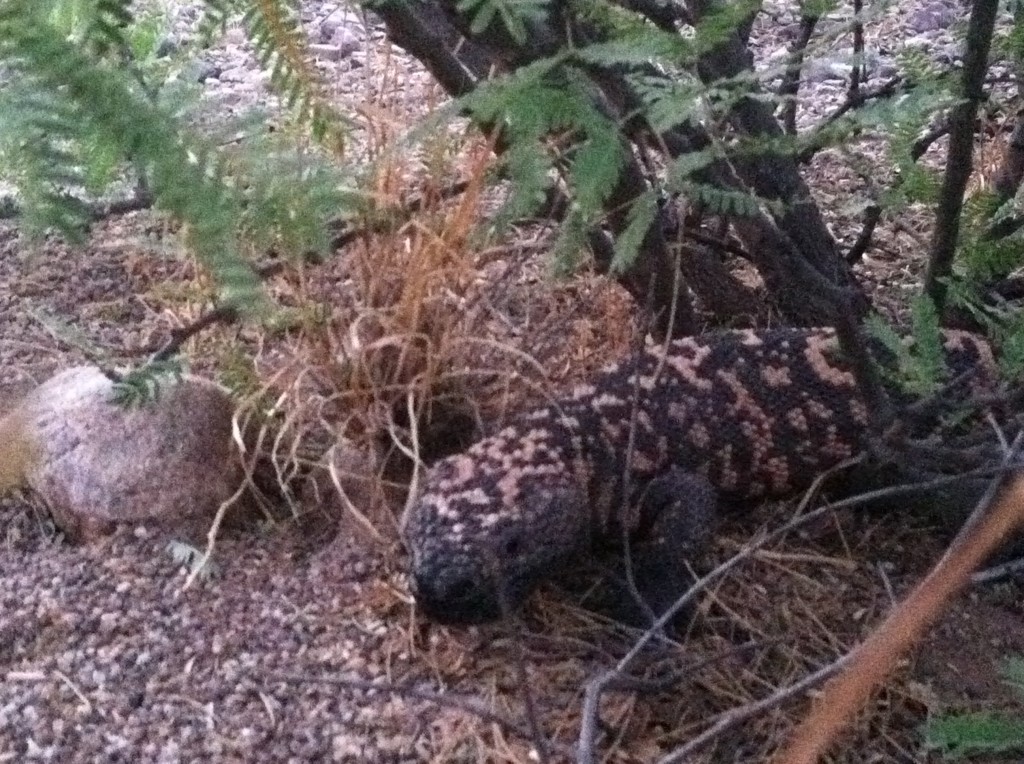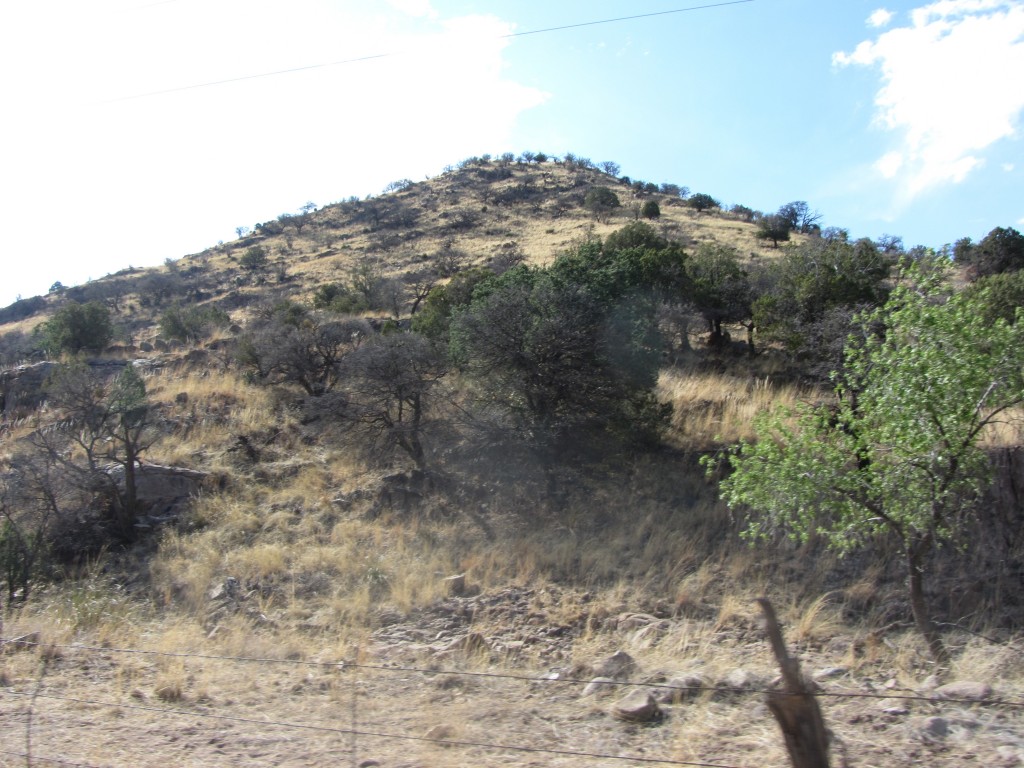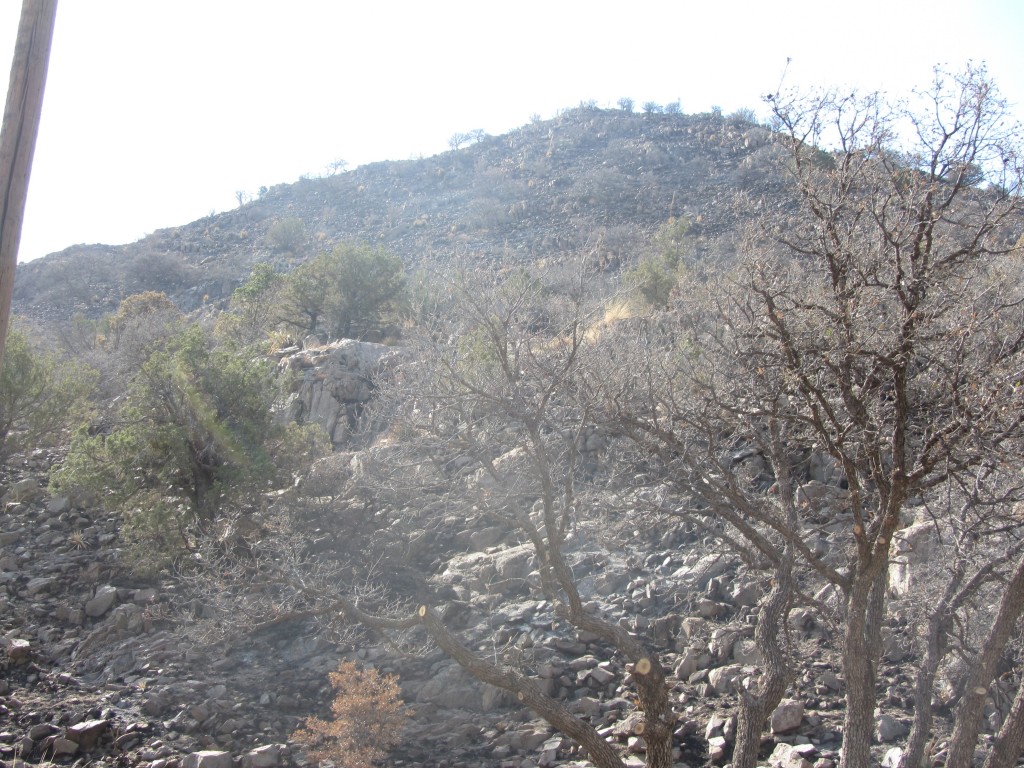
Typhlops tasymicrus was previously known from two specimens collected on Grenada during 1968. Photo courtesy Mel José Rivera Rodríguez.
During June 2010 I found myself exploring the southern Caribbean (Trinidad, Tobago, Grenada, and the Grenadines) along with renowned West Indian herpetologists Robert Powell and Robert Henderson and a host of undergraduates working on a REU based on Union Island. My goal was to collect ecological data on Gonatodes daudini and Sphaerodactylus kirbyi, two sphaerodactylid geckos known only from the Grenadines (the strip of tiny islands between Grenada in the south and St. Vincent in the north).
A few hours after drinking “under the counters” (a high octane mix of over-proof rum and forest herbs/spices) on Grenada, we found ourselves on the steep slopes of Union Island, flipping surface cover at the only known locality for G. daudini in hopes of finding a sympatric population of S. kirbyi. After several minutes of meticulously picking through leaf litter and turning over downed trees and rocks, I flipped a large, flat rock to uncover a thick-bodied blind snake in the genus Typhlops. I showed the snake to Henderson and Powell. The excitement was palpable – if it wasn’t a new species, it was a snake that hadn’t been seen alive in over 40 years and is known from two specimens collected on Grenada.
It turns out the snake’s identity is Typhlops tasymicrus, which is the species known only from two specimens collected on Grenada during 1968. Some of the REU students went on to find additional specimens of this species in the same forested area, and our paper announcing the rediscovery of this species was published in the June 2011 edition of the Journal of Herpetology. Photos of other species found during the expedition follow below.
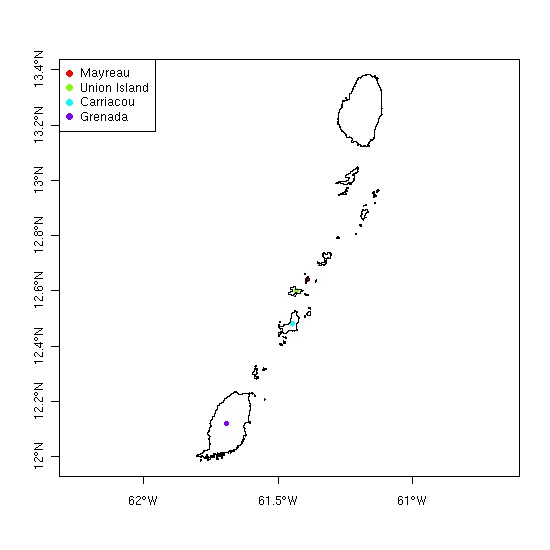
West Indian islands surveyed during the trip.
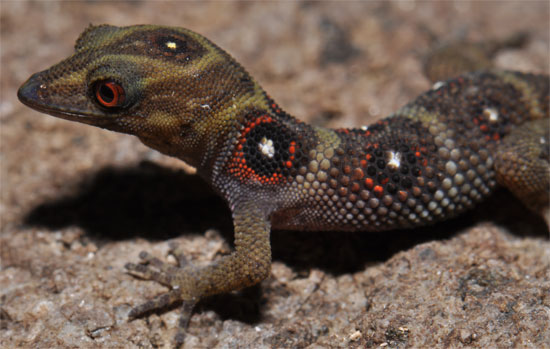
Gonatodes daudini remains known only from a small patch of forest on Union Island.
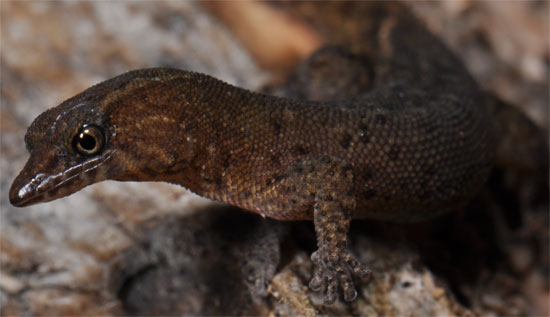
Sphaerodactylus kirbyi from Union Island. This species was formely known only from the island of Bequia.
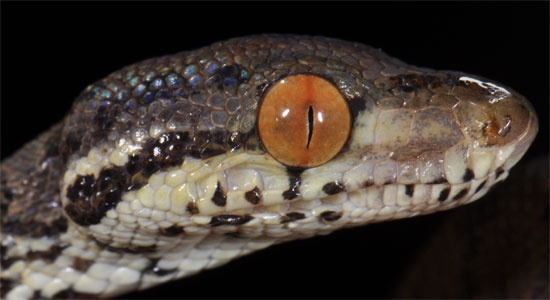
The Grenadine tree boa, Corallus grenadensis, is commonly encountered at night while they cruise through the trees in search of sleeping prey.

